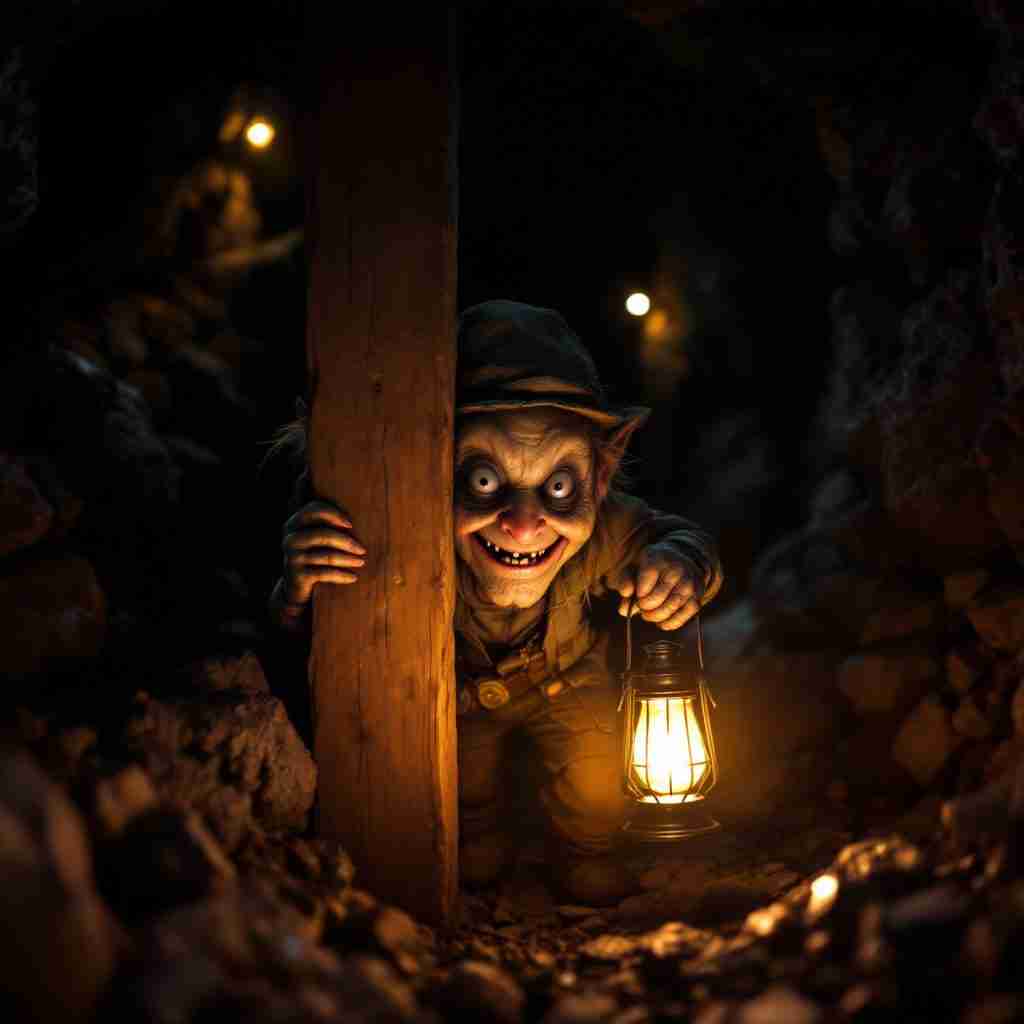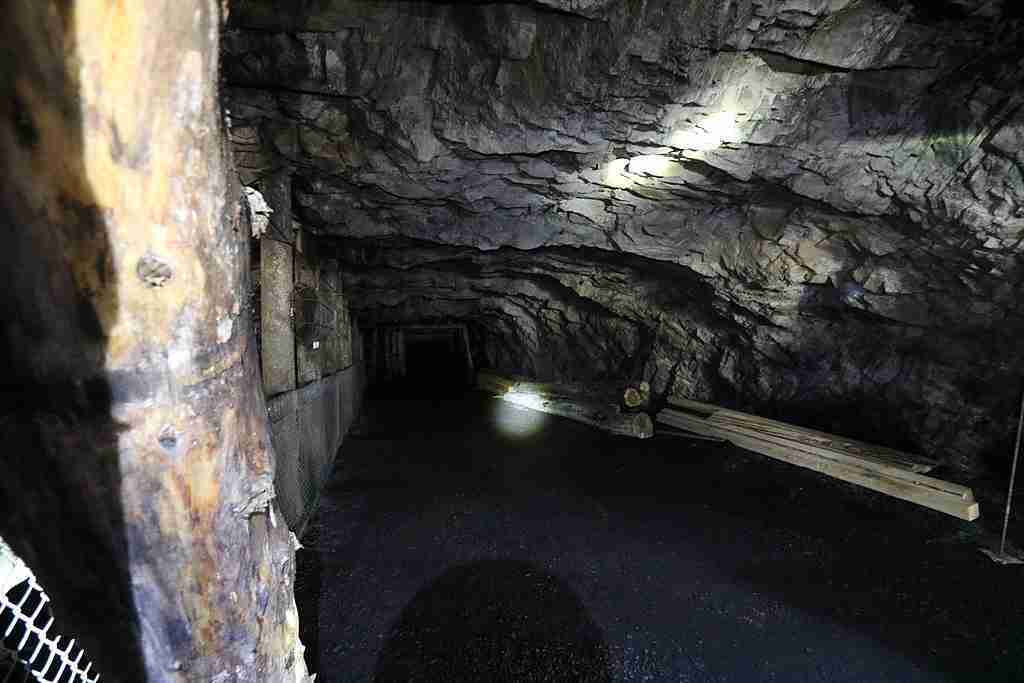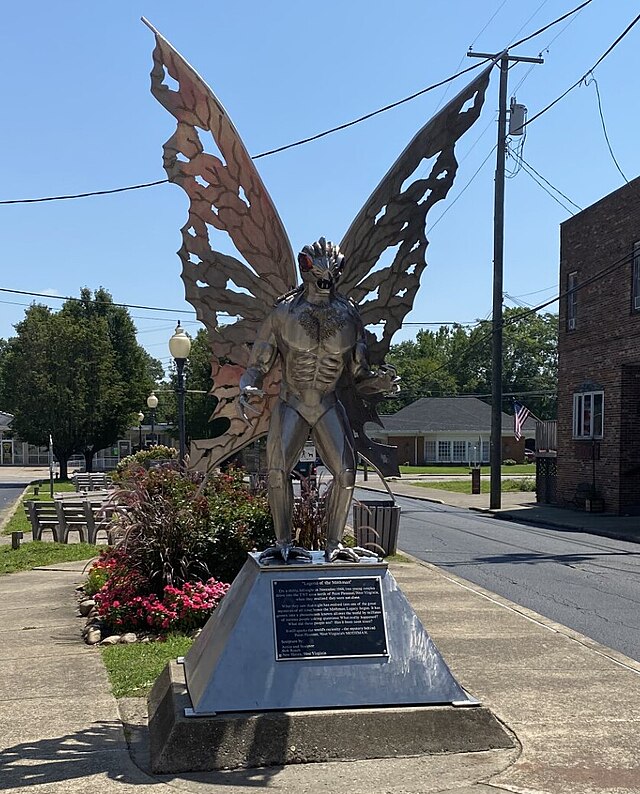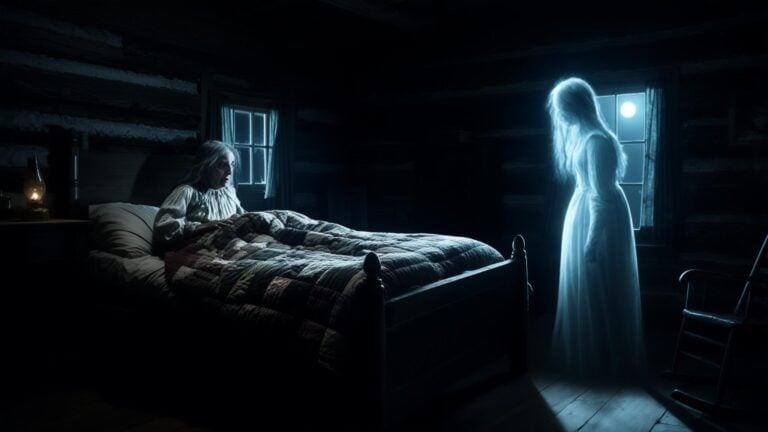Tommyknockers: Folklore and Survival in Coal Mining

In the heart of Appalachia’s coal country, where few see daylight, a chilling folk tale persists: Tommyknockers. In the dark, cramped tunnels, miners whisper about these mysterious beings who knock on walls and steal tools. Their knocks sometimes serve as warnings—a signal to flee before disaster strikes. Whether guardian angels or tricksters, Tommyknockers, aka Knockers, are an enduring part of mining lore. Their stories reflected the lives and struggles of those who toiled in the earth’s depths.
The Origins of Tommyknocker Folklore
The legend of Tommyknockers didn’t begin in Appalachia. Instead, it crossed the Atlantic with miners from Cornwall and Wales. These workers carried their tales of the Knockers to America. In British mines, these small, elf-like beings were believed to be spirits of departed miners or ancient creatures tied to the earth. They were said to knock on the walls of mines to guide miners to rich veins of ore or to warn of impending danger.
When these immigrant miners settled in the coal towns of Appalachia, they brought their beliefs with them. The legends adapted to their new environment, taking root in the Appalachian hills. Tommyknockers became as much a part of the mining culture as pickaxes and helmets. Their knocks were both feared and respected. Over time, their presence became woven into the fabric of daily life underground.
The Dual Nature of Tommyknockers
Stories about Tommyknockers paint them as complex figures. On one hand, they were protectors. Many miners swore that strange knocking sounds had saved their lives. These knocks often warned them to leave just moments before a tunnel collapsed. Such tales gave the Knockers an almost guardian-like role. They became a source of hope and comfort in an otherwise dangerous world.
On the other hand, Tommyknockers were tricksters. Miners often blamed them for missing tools, lost lunches, or eerie noises that echoed through the tunnels. Some even described seeing fleeting shadows or glowing eyes in the darkness. These mischievous antics gave the Knockers a sense of personality. They felt almost like coworkers—unpredictable and sometimes annoying but always present.
This dual nature reflected the miners’ relationship with their environment. The mines were both a source of livelihood and a constant threat. Just as the Tommyknockers could save or sabotage, the mines could provide prosperity or take lives instantly.
Coping Mechanisms in the Depths
Belief in Tommyknockers wasn’t just about folklore. It was a way to cope with the unimaginable stress of working underground. The mines were dark, dangerous, and isolating. Accidents were common. The constant risk of collapse or gas explosions weighed heavily on the men who worked there.
Tommyknocker tales provided a way to explain the unexplainable. If a cave-in occurred without warning, it wasn’t just random chance. Maybe the Tommyknockers had tried to warn the miners, but their knocks went unnoticed. These stories offered a sense of order and meaning in a chaotic world.
Sharing Tommyknocker tales also strengthened bonds among miners. These stories created a shared sense of culture and identity in the dim light of lanterns during lunch breaks or at the end of a grueling shift. Rituals and superstitions often accompanied the tales. Miners might leave small offerings—coins, food, or even tobacco—to appease the Tommyknockers and ensure safe passage through the tunnels.
Tragedy and the Tommyknockers
In the aftermath of a mining disaster, survivors frequently claimed to have heard knocks before the collapse. Were they warnings or just the natural creaks and groans of the mine? Either way, the stories endured. They were passed down from one generation of miners to the next. These stories, while unverifiable, served as cautionary tales and a means of making sense of the tragedies that often struck.
More than just folklore, Tommyknocker tales were a way for miners to process their grief and honor their fallen comrades. The Tommyknockers symbolized the thin line between survival and tragedy in the mines.

Tommyknockers in Modern Appalachia
Though coal mining has declined in recent decades, the legend of the Tommyknockers hasn’t disappeared. It persists in Appalachian storytelling traditions. These tales are shared at family gatherings, festivals, and ghost tours. The Tommyknockers have also made their way into popular culture, appearing in books, movies, and television shows.
In some ways, the modern retellings have turned the Knockers into entertainment. This has distanced them from their roots in mining culture. Yet the stories still carry a deeper meaning for those who grew up in coal towns. They are reminders of a way of life that was equally perilous and proud. These tales are a tribute to the resilience of the men and women who lived it.
The Power of Storytelling
Today, few miners claim to believe in Tommyknockers. However, the folklore remains a testament to the power of storytelling. It’s a reminder that even in the darkest places, people find ways to make sense of their world. They share their fears and hopes, holding on to a sense of humanity. Most folks can find meaning, connection, and even a bit of humor in the face of hardship. The knocks in the dark may have faded, but the stories remain. They echo through time like a miner’s whistle in a quiet tunnel.
More Appalachian Folklore
See more mountain legends, local tales, and story traditions on the Folklore page.
Appalachian Folklore and Legends Collection
Enjoying Blue Ridge Tales? I hope so. If you’d like to help keep the site ad-free and the stories rolling, you can buy me a coffee.
To stay connected, subscribe to my Blue Ridge Tales newsletter, and have stories and updates delivered once a month to your inbox.







